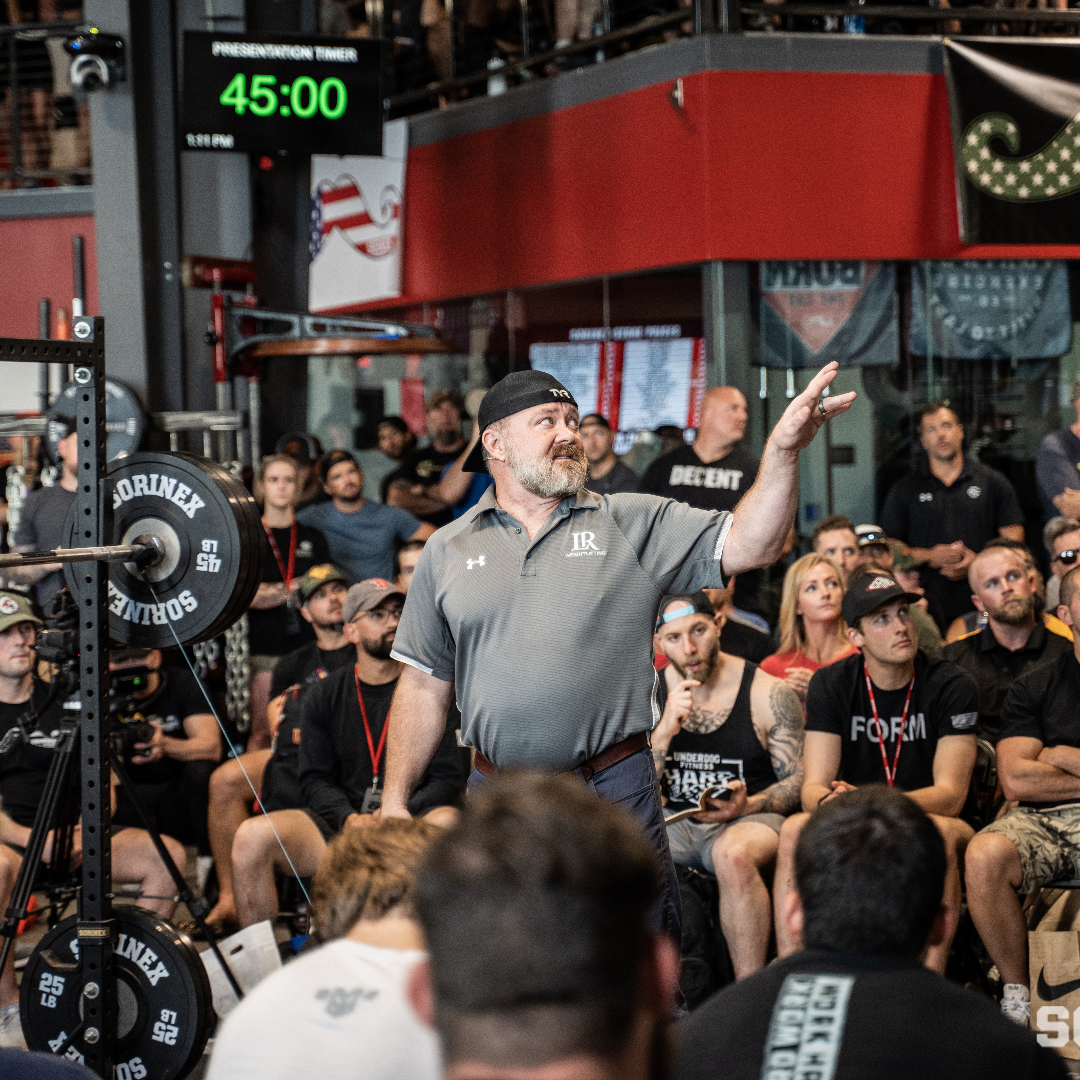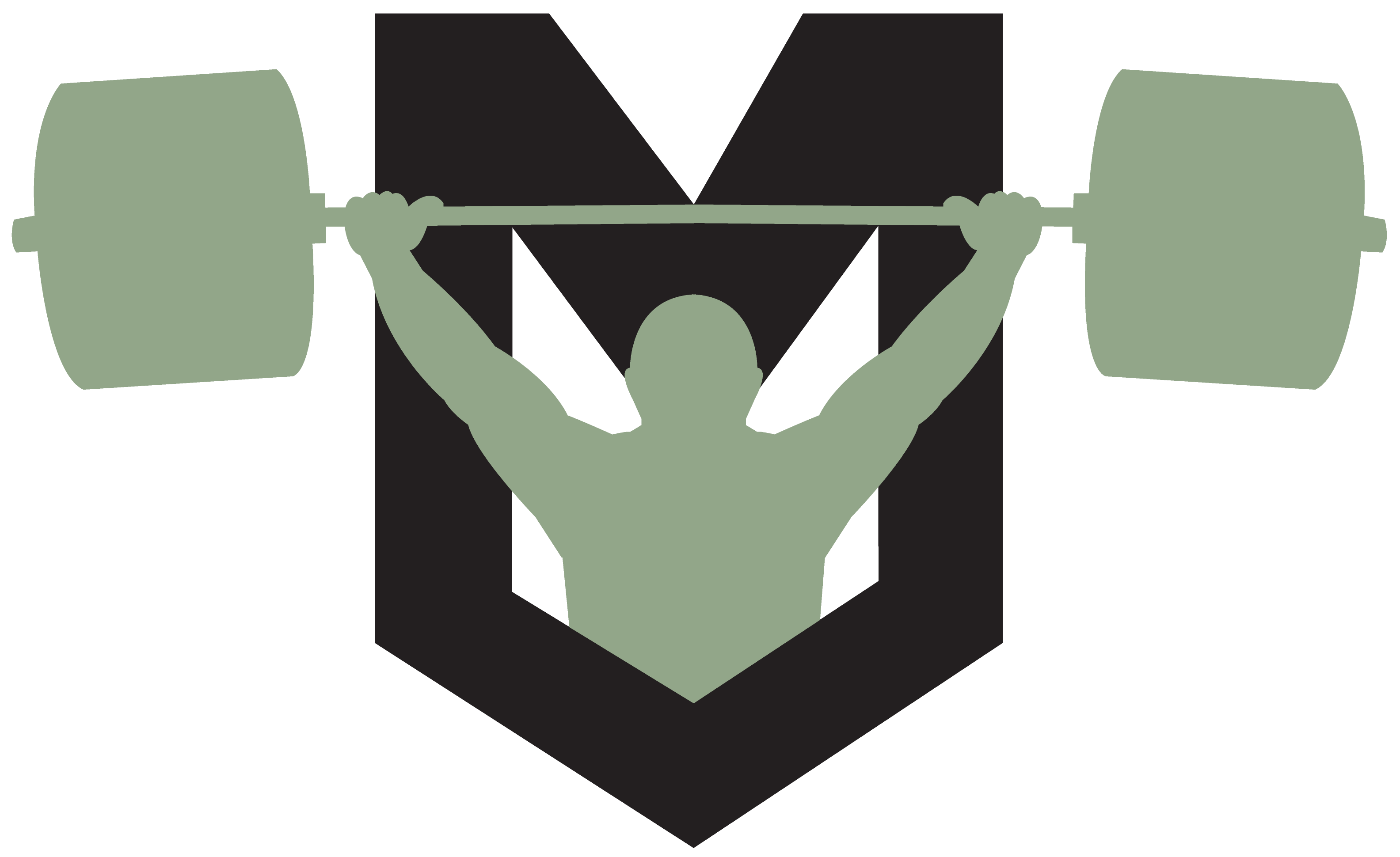
“And What to Expect from the New Mash Elite Performance”
I used to post a new article almost daily until I decided to go back to school in 2020. Slowly but surely, I stopped all together. Now I post the majority of my information at www.GymAware.com in the Blog section of their website. I have written my best educational articles of my life for them, and I hope to continue on as long as they allow me to continue our educational initiative that we started together.
I had worked hard over the years to grow the Mash following, and I appreciate each of you. I’m at a place where I have the time to once again produce the free content that all of you had come to expect. Don’t get me wrong, things have changed. I’m not the same coach, and I’m not the same person. I will still use my experience as a world class strength athlete, and I will use my experience as a high-level coach of hundreds of Division 1 and Professional Athletes, not to mention over 50 Team USA Weightlifting and Powerlifting Athletes. Yet now, I will make sure that all of my methods are aligned with science, and I will show you all how my athletes are benefitting from the latest in research.
We will stick to the following topics:
- Speed and Agility Development
- Athlete Development from Youth to Adult
- Latest in Recovery, Sleep, and Nutrition
- How to Stimulate your Desired Training Adaptation
- Easy to Understand Reviews of the Latest Research
- The Barbell of Course with Weightlifting, Powerlifting, and SuperTotal Information
- Youth Development with the Barbell
- Free Programming
- The Latest in Health and Fitness especially Longevity
I’m going to start with a series on Transfer of Training. This series is so important. We work so hard in the weightroom and on the track. Are we actually stimulating the desired outcome? The principle of specificity known to some as the SAID Principle states that the body will have specific adaptations to the imposed demands placed on it by the athlete. Training will transfer specifically in the following ways:
- Type of Muscle Contraction
- External Resistance
- Movement Pattern
- Velocity of the Movement
- Region of Movement or Body Part
- Force of Contraction and the Rate of the Force Development
- Range of Motion
- Point of Strength Endurance Continuum and Biochemical Adaptation
- Fatigue and Metabolism
- Force Vector
I’ve written about most of these on the GymAware Blog. For those, I will give you the bullets and link you to the deeper article. For the ones that I haven’t written about, I will go on a deep dive right here. You can expect to be thoroughly informed at Mash Elite in the most up to date and scientific manner.

Image 1 Coach Mash Summer Strong 2022
Part 1 in this series “Type of Muscle Contraction”
There are three types of muscular contraction:
- Concentric– the shortening of a muscle. Think about the biceps during a biceps curl at the top of the curl when the muscle is balled up.
- Eccentric- the lengthening of a muscle. Think about the biceps at the bottom of a curl when the biceps are long and stretched out.
- Isometric- the muscle is exerting force without a change in length. Think about pushing as hard as possible into the wall contracting the pectoralis major without it changing length.
Concentric Contraction Adaptations-
Normally, a concentric contraction is preceded by an eccentric contraction in movements like the back squat or bench press. The change in contraction from eccentric to concentric also known as the amortization phase creates significant amounts of passive force production by way of the stretch shortening cycle (SSC) and other elastic components like connective tissue and titin protein filaments. By eliminating the SSC, you force the concentric contraction to be 100% responsible for the force production.
Concentric Contractions come with the following Adaptations-
- Increased Rate Coding– especially at higher rate exercises, the alpha motor neurons of the high threshold motor units will increase the rate a signal is sent from the brain to each of the muscle fibers the neuron innervates to adapt to the higher detachment rates of myosin-actin crossbridges. This is great for athletic activities like the start of a sprint or any movement that moves from static to dynamic.
- Greater Pennation Angle– at slower rates this results in more muscle fibers attached to the longitudinal line of the muscle’s tendon allowing for greater overall force production, but the tradeoff is a slower contraction.

Image 2 The Size Principle
Examples of ways to Emphasize the Concentric Contraction:
- Deadlifts
- Cleans, snatches, clean pulls, or snatch pulls
- Bottoms Up Squats from Pins
- Presses from Pins
If you want to take a deep dive into the adaptations rendered by focusing on the concentric contraction, here’s the link to my article from GymAware:
⇒ Concentric Muscular Contractions
Eccentric Muscular Contraction Adaptations-
Focusing on the eccentric muscular contraction is one of the greatest ways to stimulate explosive athletic performance. It requires a little extra planning, but the benefits are undeniable. Some of these benefits are:
- Overall Improvements of the SSC, more passive force production from the muscle spindles and less spinal inhibition from the Golgi Tendon Organ.
- Improved Stored Elasticity from noncontractile elastic components from the connective tissue of tendons and overall increased collagen layers.
- Improved Stored Elasticity from contractile elastic components especially from strengthened titin protein filaments.
- Type II Muscle Fiber Hypertrophy
- All leading to:
- Improved Strength
- Higher Rates of Force Production
- Improved Power at Specific Rates

Image 3 Titin Protein Filament
Examples of ways to Apply Eccentric Muscular Contractions:
The exact adaptation depends on the way the eccentric muscular contraction is stimulated. Here are a few ways to apply this form of stimuli:
- Accentuated Eccentric Loading (AEL):
- Weight Releasers before Maximum Loads (strengthened connective tissue and improved strength)
- Weight Releasers before Submaximum Loads (strengthened power production especially strength speed qualities of strength)
- Held DB to Unloaded Jumps (RFD, SSC, and Speed Strength)
- Flywheel Training (Adaptation depends on the Application)
- Overloaded Eccentric Contractions from movements like the Squat and Deadlift
- Nordic Leg Curls
You can read more about eccentric contractions here:
⇒ Adaptations from Eccentric Contractions

Image 4 GymAware FLEX Units Eccentric Velocity
Isometric Muscular Contraction Adaptations-
Isometric contractions come with their own benefits, and like eccentric contractions, they too often go overlooked or neglected. Here are some of the expected adaptations:
- Muscular Hypertrophy and Strength relative to the joint angle being applied.
- Tendons and overall collagenous fiber connective tissue when isometric contractions are held at lengthened positions
- 6 hours to full recovery making isometrics great for rehab and the targeting of weaknesses
There are many ways to apply isometric contractions as a stimuli. From the research, a total time per set of ~30 seconds and near maximum effort of at least over 70% of maximum voluntary contraction. To maximize strength and hypertrophy, you will need to get as close to a maximum voluntary contraction as possible.
Here are some ways to Apply Isometric Contractions:
- Pulls, squats, or presses into pins
- Squats into pins from Lengthened Position
- Leg Extensions and Leg Curls from Lengthened Positions
- Paused Squats or Presses: great for strengthening positions but not for maximizing hypertrophy or connective tissue.
Read more about Isometrics on GymAware:
⇒ Adaptations from Isometric Contractions
Conclusion-
I’m excited to be writing for my loyal followers at www.MashElite.com once again. When I decided to go back to school, it made it really hard to engage with our readers. I no longer had a facility or the time, but now that’s not the case.
Rise Indoor Sports, 130,000 square foot sports plex in Bermuda Run, NC is the new home of Mash Elite Performance. The owners of Rise are all local business merchants with kids of their own that had the courage to build one of the most modern facilities in America. Thank God for me that they also wanted the most modern sports science to go along with it.
If you are local, you can expect the Gold Standard in Velocity Based Training, GymAware to test and monitor athletes. GymAware allows us to precisely prescribe intensities and velocities to maximize power for specific sports and positions within those sports.
You can expect the Gold Standard in Timing Gates and Jump Mats to measure speed, change of direction, agility, and specific qualities of different jumps. We measure everything at Rise while others are left guessing. We apply our equipment on a daily basis to ensure maximum intent on each and every rep. It’s one thing to tell an athlete to run or jump as fast/high as possible, but it’s another thing to measure that movement with immediate feedback and long term tracking.
Finally, we established a partnership with ShredMill, the creation of speed genius Tony Villani, to ensure that our athletes have every advantage possible to maximize their human potential. There is no one in the industry more trusted by coaches and athletes than Tony Villani.
If you are local, schedule a meeting with me:
If you are ready to be a part of the Mash Elite Weightlifting, Powerlifting, or SuperTotal Team, you can check that out at:
Like always, we have a solid library of EBooks to choose from at: Mash EBooks!
Watch the Video:



